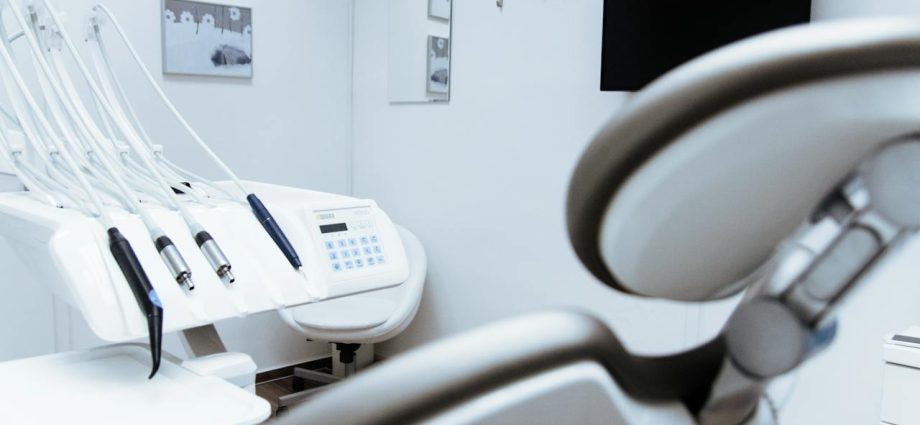Teledentistry and its Role in Oral Healthcare
Teledentistry is a rapidly evolving trend in dentistry that leverages telecommunications technology to provide remote dental care and consultations.
It involves the use of video conferencing, digital imaging, and other virtual tools to connect patients with oral health professionals. The key aspects of teledentistry include:
- Remote Consultations: Teledentistry enables patients to consult with dentists without physically visiting the dental clinic. This is particularly beneficial for individuals in remote areas, those with mobility issues, or those seeking preliminary advice.
- Monitoring and Follow-ups: Dentists can use teledentistry to monitor patients’ progress after a procedure or treatment remotely. This facilitates more frequent check-ins and reduces the need for unnecessary in-person visits.
- Education and Awareness: Teledentistry platforms can be utilized for patient education, providing information about oral hygiene practices, and preventive care, and answering common dental health questions.
- Emergency Consultations: In cases of dental emergencies, teledentistry allows for immediate consultations, helping patients receive timely advice on managing the situation until they can see a dentist in person.
- Efficiency and Accessibility: Teledentistry contributes to making dental care more accessible and efficient, potentially increasing the reach of oral healthcare services to underserved populations.
Artificial Intelligence and Technology in Dentistry
Integrating artificial intelligence (AI) and advanced technologies has transformed various aspects of dentistry, enhancing diagnostics, treatment planning, and patient care.
Some notable trends in this area include:
- Diagnostic Imaging: AI algorithms are being applied to dental imaging, such as X-rays and CBCT scans, to improve the accuracy of detecting conditions like cavities, fractures, and periodontal disease.
- Treatment Planning: AI assists dentists in developing personalized treatment plans by analyzing patient data, including medical history, images, and clinical records. This can lead to more precise and effective treatments.
- Robotics in Dentistry: Robotic systems are being developed for certain dental procedures, such as surgeries and implant placements. These systems can enhance precision and reduce the margin of error.
- Patient Management: AI-powered chatbots and virtual assistants are being used to streamline patient communication, appointment scheduling, and post-treatment follow-ups, improving overall patient experience.
- Predictive Analytics: AI can analyze patient data to predict potential oral health issues, allowing for proactive intervention and preventive care.
Environmental Sustainability in Dental Practices
Dental practices are increasingly recognizing the importance of incorporating environmentally sustainable practices.
This trend aims to minimize the ecological footprint of dental procedures and office operations:
- Green Dentistry: Dental offices are adopting eco-friendly practices, such as using energy-efficient equipment, reducing water consumption, and implementing waste reduction strategies.
- Digital Records and Imaging: Transitioning from paper-based records to digital systems reduces the need for paper, contributing to a more sustainable and efficient practice.
- Biodegradable Materials: Dental professionals are exploring the use of biodegradable or recyclable materials for disposable items, such as bibs, cups, and packaging.
- Energy-Efficient Technology: Investing in energy-efficient dental equipment and appliances helps reduce energy consumption, contributing to lower carbon emissions and operating costs.
- Waste Management: Proper disposal and recycling of dental waste, including amalgam separators to collect mercury-containing materials, are becoming standard practices to minimize environmental impact.
- Education and Patient Awareness: Dental practices are educating both staff and patients about the importance of sustainability, encouraging environmentally conscious choices and behaviours.
These emerging trends reflect the continuous evolution of dentistry, incorporating technology, accessibility, and environmental responsibility to enhance patient care and overall practice sustainability.
